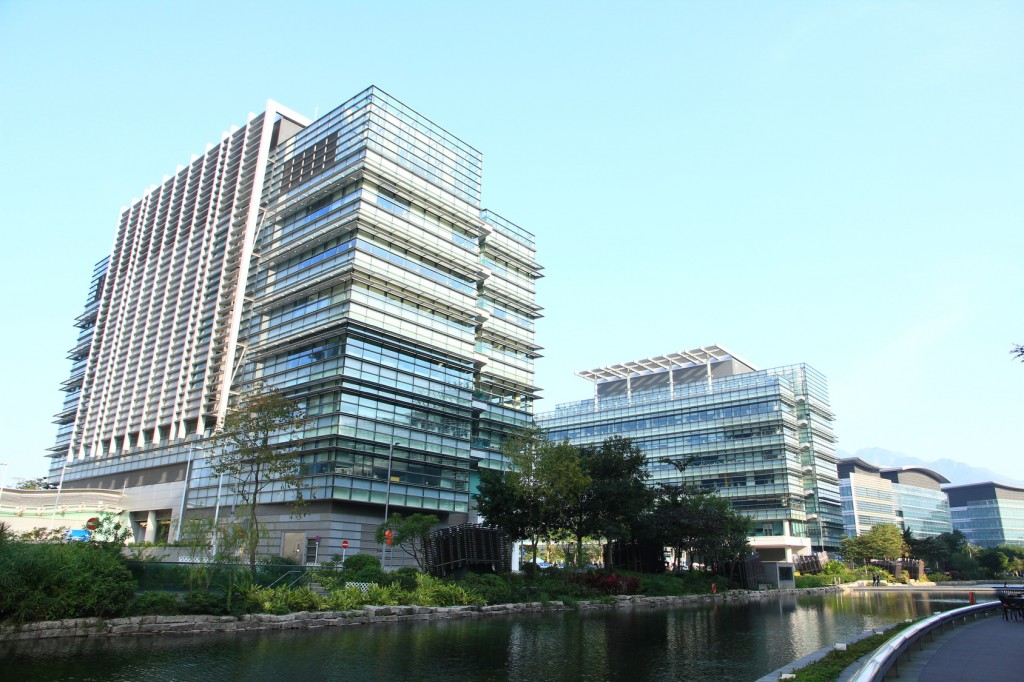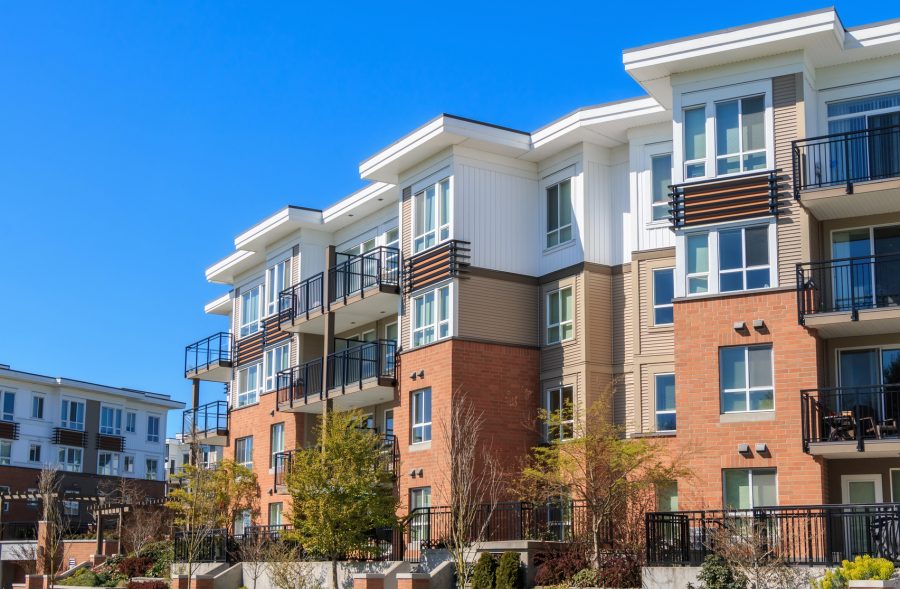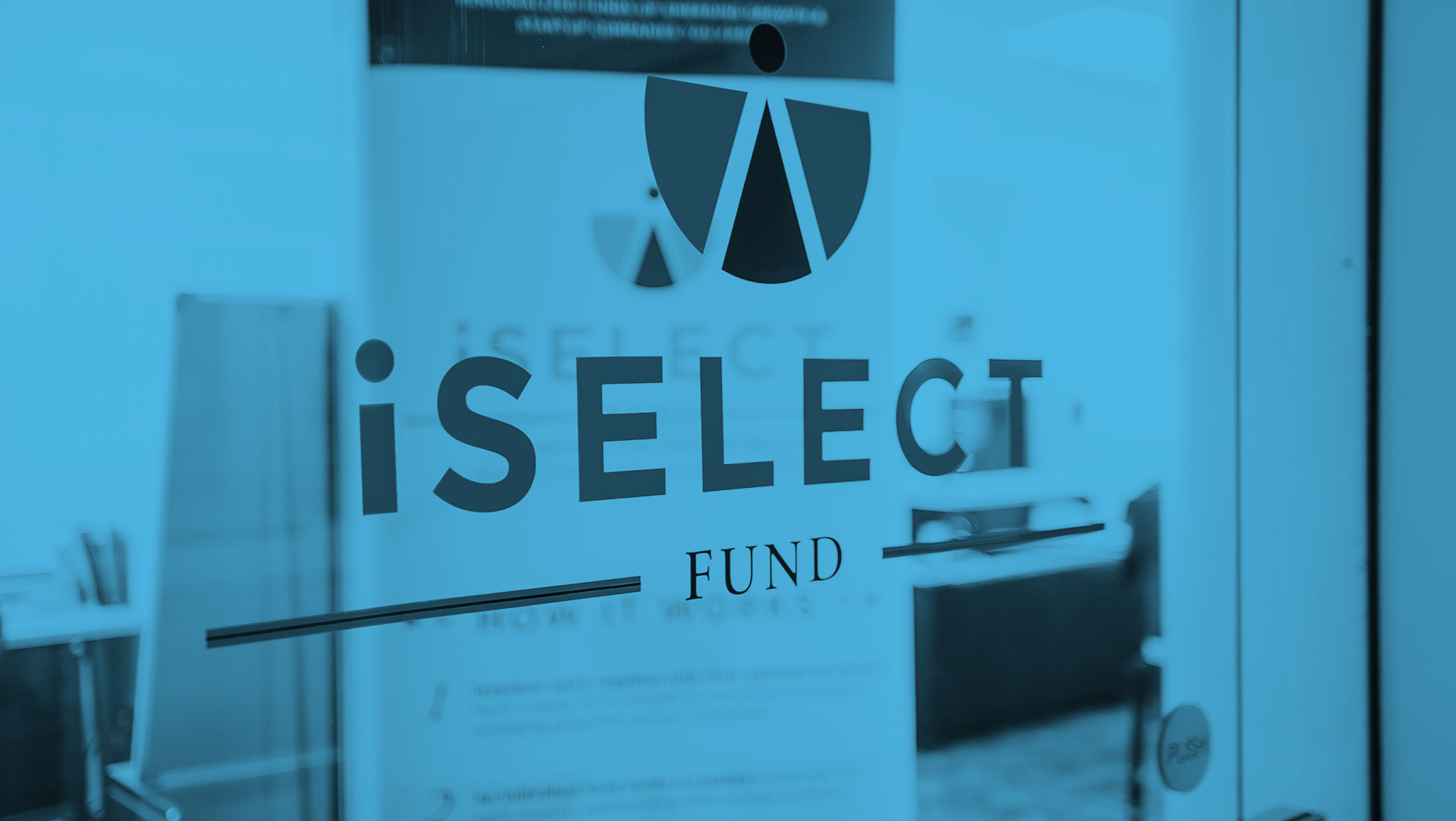Let’s say you’re the CFO of a REIT managing 20 million square feet of commercial floorspace. Chances are you’re paying $2.35 per square foot in utility expense, roughly $47 million annually. If you knew you could reliably cut 30% of this expense, adding $14 million ($0.71/sq ft) in net operating income and an additional $214 million ($10.71/sq ft) in net asset value, would you?
In 2004 I joined Gridlogix, an early leader in the Internet of Things (“IoT”). At the time, an investment in energy efficiency involved major capital upgrades. A good payback was 15 years. Gridlogix reduced this long payback cycle, taking a big data approach: we collected massive bits of data, listening to buildings, prescribing more direct optimization measures, and delivering a 20% energy savings with an 18-month payback. We sold our IoT product alongside large energy projects, targeting government buildings. Ultimately, Johnson Controls acquired us.
This experience shaped the investment thesis at iSelect, where we invest in energy innovation that’s clean, cheap, and can be deployed without incentive or subsidy. Our thesis is simple: the easiest way to save energy is to make savings profitable.
Predictably, in the years since Gridlogix was acquired, innovative new firms have emerged with better, more economical solutions for energy management. One of them is Bractlet, a portfolio company of ours at iSelect.
Here’s why we invested…
While commercial buildings are increasingly more energy efficient, they still consume nearly 20% of all energy in the U.S and more than a third (36%) of all electricity. Utility costs comprise 27% of commercial real estate operating expenses. Morgan Stanley estimates that a typical office building integrating sustainable practices can reduce expenses by as much as 30%; the average return on costs for energy efficiency projects exceeds 20%. The opportunity in commercial real estate is compelling.
But energy upgrades do not just save energy. Efficient systems lower maintenance costs, equal or greater than the energy savings. Efficient buildings attract more tenants. For a typical 250,000-square-foot building in San Francisco, direct and indirect effects add an additional $56.55 of net asset value per square foot. Given the cost savings and asset value increases associated with energy efficiency retrofits, commercial building owners should be all over this! With an estimated opportunity of $72 billion in commercial sector building energy retrofits, why aren’t building owners taking action?
Savings Uncertainty: Building owners are bombarded with energy savings estimates based on assumptions that aggregated between lighting, window, insulation, and HVAC opportunities often seem unbelievable. Faced with past failures, commercial owners doubt the promises of retrofit companies.
Operational transparency: Building owners are optimizing cash flow, debt, and net asset value. Can they really capture savings, or does the lease flow savings to rent reductions? Are there maintenance savings? Does it make sense to retire assets early? Time for a new roof or a new boiler? Will sustainability gains attract better tenants? Are they meeting tenants’ corporate sustainability goals?
Payback expectations: Commercial customers expect a payback period of 3.6 years or better. But, because building performance is often measured only after the project is completed, it’s difficult to quantify the direct impact of specific energy savings measures. Is the difference in energy use from the project or the weather? Did the utility rates change? This makes it virtually impossible to identify which projects or specific equipment upgrades meet building owners’ payback expectations, creating more uncertainty.
To widely adopt energy retrofits, commercial customers needed a solid understanding of cost and risk, up front. But how?
Enter Bractlet.
When I first met the team at Bractlet, I realized they are clearly building and data geeks that know how to talk to a CFO. Their software optimizes building performance by finding, forecasting, and verifying energy efficiency in a commercial building context. Bractlet’s energy modeling and analytics platform is driven by real-time environmental, building, and equipment-level data that’s collected through an easy-to-install, cost-effective, sub-metering and building automation system integration solution. Leveraging this data, Bractlet generates dynamic building performance models that forecast the energy consumption effects of specific energy savings measures with unmatched accuracy.
While most analytical solutions measure performance at the end of the process, Bractlet’s low-cost tools let building owners evaluate options upfront, not off a theoretical model but at the specific building level. These models allow all stakeholders to evaluate and prioritize specific energy savings measures relative to cost, return, and payback period. And because Bractlet continuously monitors energy savings measures down to the equipment level, they ensure optimal building performance. Ultimately, Bractlet gives everyone involved a common measurement tool — so the CFO and efficiency contractors can collaborate to hit savings and return targets, rather than fight over change orders and botched execution. The result: trustworthy energy savings estimates, transparent savings measurement and verification, and expedited payback periods for time-sensitive commercial property owners.
Based in Austin, TX, Bractlet leverages its sophisticated understanding of building energy use to offer commercial building owners custom-tailored retrofits with payback periods that meet their specific needs. In fact, Bractlet is currently helping five national commercial office building property groups, two major hospital groups, two of the largest university systems, a large data center provider, and an international auto manufacturer save 20% to 50% of their energy spend.
Our team at iSelect is searching for real solutions that drive down the cost of clean energy. The team at Bractlet listened to the market and has reshaped the energy retrofit process by developing answers for the client CFO, reducing risk in the early phase of a retrofit.






